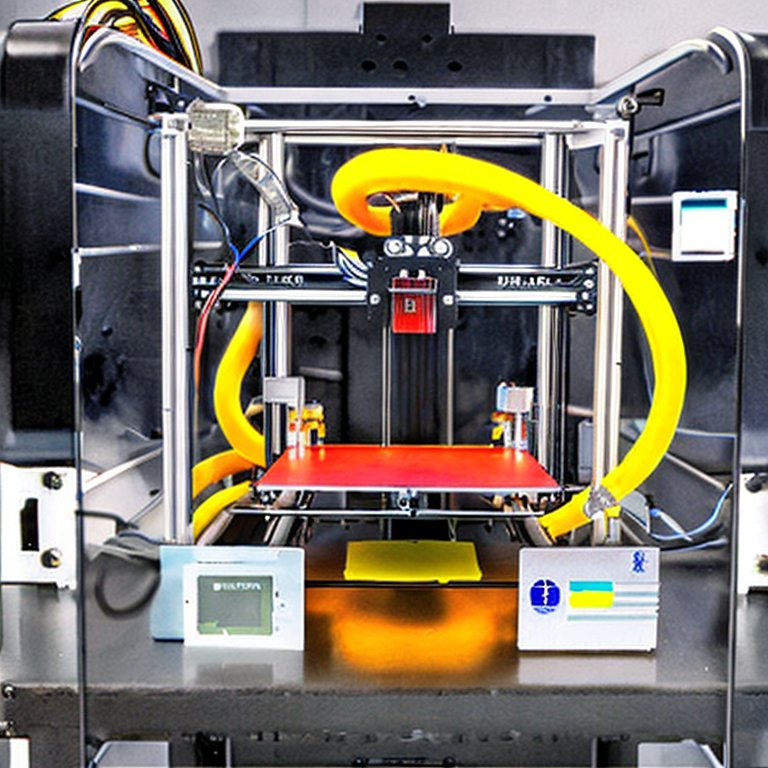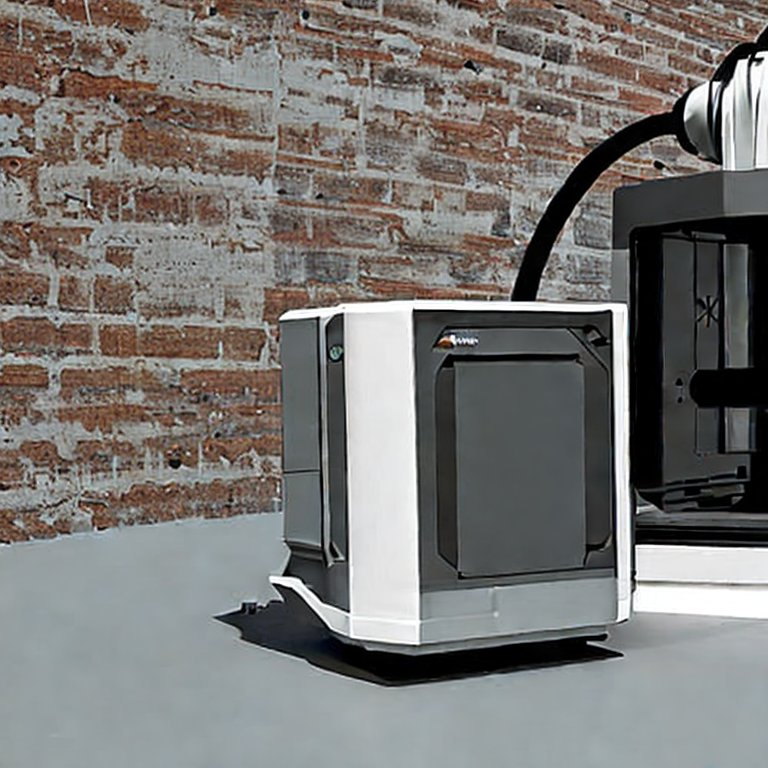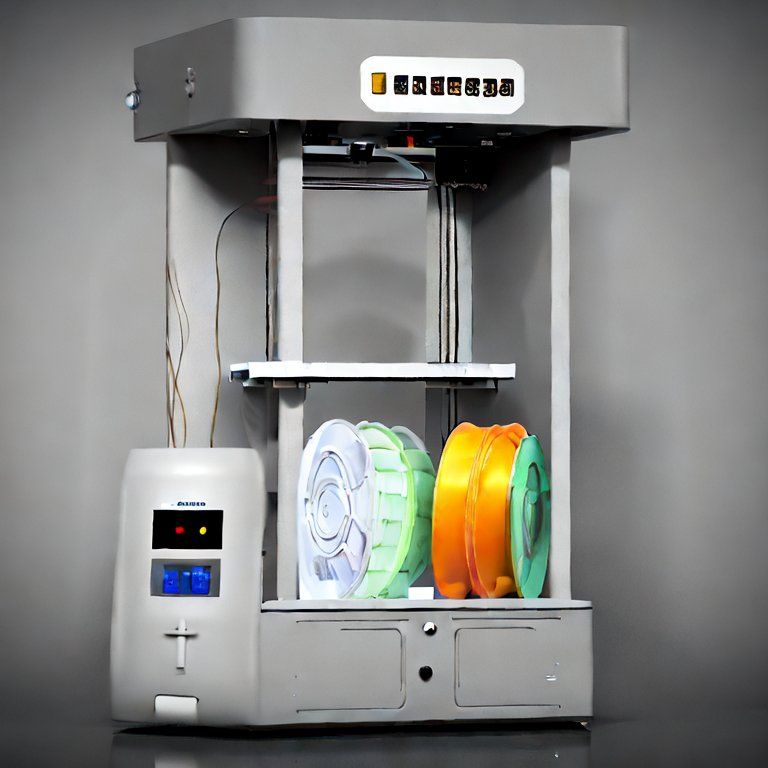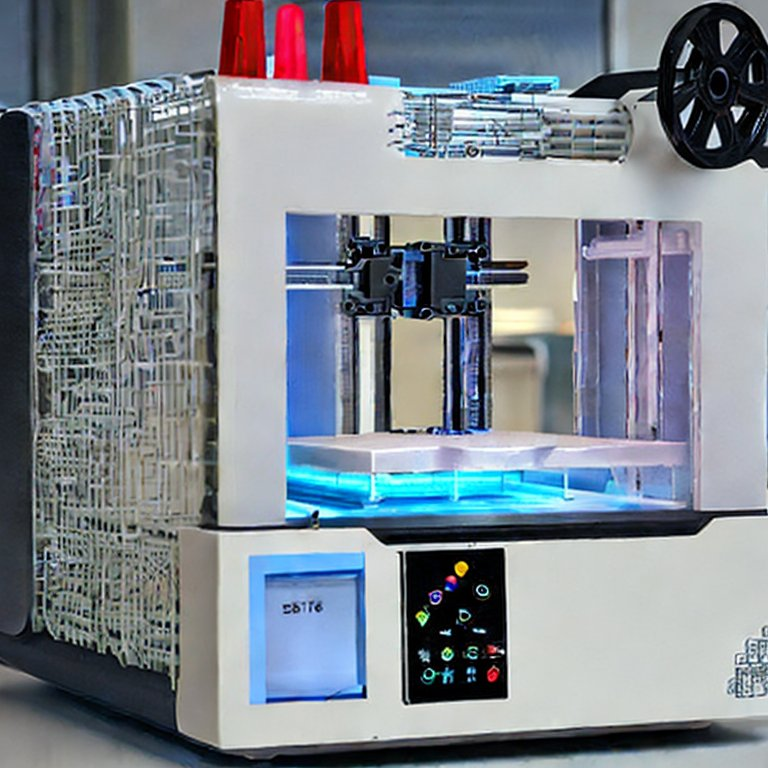Nuclear-Powered 3D Printers (AI-Generated Images)
I am currently working on a Back to the Future fan theory post and that got me thinking about the huge amount of power it takes to send the DeLorean featured in the franchise through time. What would a 3D printer powered by a small nuclear reactor look like?
So I had Stable Diffusion generate some images of that.

Image Source: Stable Diffusion
I guess this one below is an industrial 3D printer with enclosure to print large parts using high-temperature material like ABS.

Image Source: Stable Diffusion
This next 3D printer doesn't seem to have bulky shielding. Maybe this has an internal "cold fusion" reactor?
The spool and filament look slightly not quite right to my eye. That made me think about what affect higher than normal background radiation would have on filament. With something like PLA you don't want to keep it exposed to air for months at a time because the filament gradually absorbs moisture from the air. Even with shielding I suppose one factor for a nuclear-powered 3D printer is how resistant to ionizing radiation the feedstock it uses would be.

Image Source: Stable Diffusion
Pretty glowing light around the build plate of the 3D printer. Is that Cherenkov radiation? Maybe I am just trying to postulate a reason for why that glow is in the image but maybe the AI actually did "think" a 3D printer like that would have Cherenkov radiation associated with its function. I didn't think of that kind of detail until seeing the picture and then it made some sense when I thought about it.

Image Source: Stable Diffusion
Powered 3D printers revolutionize manufacturing with speed and precision. Unlike traditional printers, these machines utilize advanced technology to fabricate intricate designs layer by layer. With the emergence of models like the MUNBYN labeldrucker the realm of 3D printing expands to diverse applications including prototyping, medical implants, and even aerospace components. The MUNBYN labeldrucker offers enhanced efficiency and quality, boasting features like automatic calibration and multi-material compatibility. Such printers empower businesses to streamline production processes and reduce costs. As technology evolves, powered 3D printers like the MUNBYN labeldrucker continue to push the boundaries of what's possible in additive manufacturing.
Posted using STEMGeeks